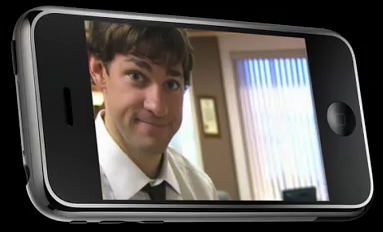Suddenly Nathan Fillion, actor, TV star, space cowboy, was a Twitter friend. Or so I thought.
 When the Fox TV series Drive first aired in April, I noticed Fillon was a Twitter-er, a participant in the social media, short-message service Twitter. As it turned out, it was actually director Greg Yaitanes making the posts; he just used a Drive publicity photo (of Fillion) as an avatar.
When the Fox TV series Drive first aired in April, I noticed Fillon was a Twitter-er, a participant in the social media, short-message service Twitter. As it turned out, it was actually director Greg Yaitanes making the posts; he just used a Drive publicity photo (of Fillion) as an avatar.
Didn’t matter. Fillion or Yaitanes, I had a connection with someone working on an interesting new program, someone who would “talk” with me and feed me — and 909 friends and 718 followers on Twitter — with insider tidbits about filming, scripts, special effects during the show.
Fox may have been ahead of its time, not with the show (which it canceled) but with Twitter. The Wall Street Journal reported this week that NBC, CBS, ABC Family, and MTV are among several networks “experimenting with the marketing possibilities” of Twitter. As I discovered with Drive, there’s potential power between the network, the show, the people responsible for the show, and fans watching the show — if done right. Continue reading »


 In
In 
 “
“
